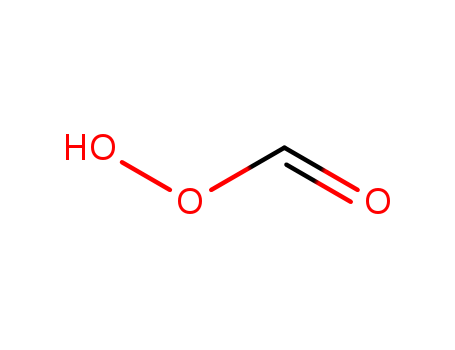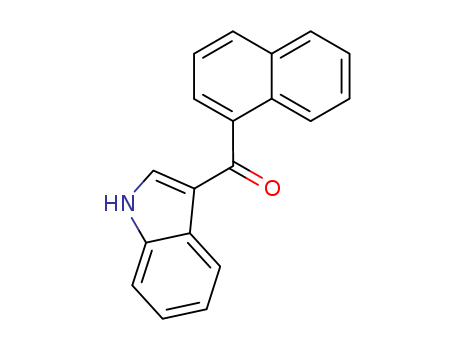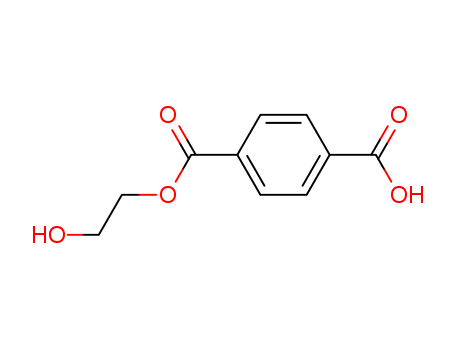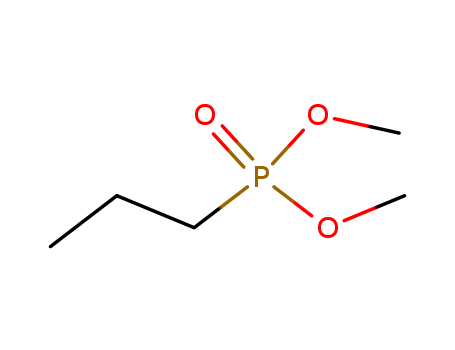- Product Details
Keywords
- 75-98-9
- Pivalic acid
- C5H10O2
Quick Details
- ProName: Pivalic acid
- CasNo: 75-98-9
- Molecular Formula: C5H10O2
- Appearance: Powder
- Application: 75-98-9
- DeliveryTime: with 10 days after order confirmed
- PackAge: Aluminium Foil Bag and Paper Drum
- Port: Any port of China
- ProductionCapacity: 1 Metric Ton/Day
- Purity: 99.5%
- Storage: 1MT
- Transportation: By Sea/Air/DHL
- LimitNum: 1 Kilogram
Superiority
Our company was built in 2009 with an ISO certificate.In the past 5 years, we have grown up as a famous fine chemicals supplier in China and we had established stable business relationships with Samsung,LG,Merck,Thermo Fisher Scientific and so on.Our main business covers the fields below:
1.Noble Metal Catalysts (Pt.Pd...)
2.Organic Phosphine Ligands (Tert-butyl-phosphine.Cyclohexyl-phosphine...)
3.OLED intermediates (Fluorene,Carbazole,Boric acid...)
4.Customs Synthesis
Our advantage:
1. Higest quality and good package
2.Fast delivery
3.Better payment term
4.Fast response to customer within 6 hours
5.Good business credit in Europe ,US ,Japan ,Korea
Anyway ,if you need any chemicals from China ,Henan Tianfu can help you
Details
Pivalic acid Basic information
Product Name: Pivalic acid
Synonyms: RARECHEM AL BO 0076;NEOPENTANOIC ACID;PIVALIC ACID;TRIMETHYLACETIC ACID;CARBOXYLIC ACID C5;ALPHA,ALPHA-DIMETHYLPROPIONIC ACID;2,2-DIMETHYLPROPIONIC ACID;2,2-DIMETHYLPROPANOIC ACID
CAS: 75-98-9
MF: C5H10O2
MW: 102.13
EINECS: 200-922-5
Product Categories: Intermediates;Building Blocks;C1 to C5;Carbonyl Compounds;Carboxylic Acids;Chemical Synthesis;Organic Building Blocks;Synthesizing medicine intermediate
Mol File: 75-98-9.mol
Pivalic acid Structure
Pivalic acid Chemical Properties
mp 32-35 °C(lit.)
bp 163-164 °C(lit.)
density 0.889 g/mL at 25 °C(lit.)
vapor density 3.6 (vs air)
vapor pressure 9.75 mm Hg ( 60 °C)
refractive index 1.393
Fp 147 °F
storage temp. 2-8°C
Water Solubility 25 g/L (20 ºC)
Merck 14,7511
BRN 969480
CAS DataBase Reference 75-98-9(CAS DataBase Reference)
NIST Chemistry Reference Pivalic acid(75-98-9)
EPA Substance Registry System Propanoic acid, 2,2-dimethyl-(75-98-9)
Safety Information
Hazard Codes C
Risk Statements 21/22-34
Safety Statements 26-36/37/39-45
RIDADR UN 3261 8/PG 2
WGK Germany 1
RTECS TO7700000
HazardClass 8
PackingGroup II
Hazardous Substances Data 75-98-9(Hazardous Substances Data)
MSDS Information
Provider Language
SigmaAldrich English
ACROS English
ALFA English
Pivalic acid Usage And Synthesis
Chemical Properties white crystalline low melting mass
Usage Pivalic Acid is a metabolite of oral cephem (β-lactam) antibiotics such as S-1108, containing pivaloyl moieties.
General Description Pivalic acid is a colored crystalline solid of low toxicity that is soluble in water, ethyl alcohol and diethyl ether.
Air & Water Reactions With mixing, water soluble.
Reactivity Profile Pivalic acid is a carboxylic acid. Carboxylic acids donate hydrogen ions if a base is present to accept them. They react in this way with all bases, both organic (for example, the amines) and inorganic. Their reactions with bases, called "neutralizations", are accompanied by the evolution of substantial amounts of heat. Neutralization between an acid and a base produces water plus a salt. Carboxylic acids with six or fewer carbon atoms are freely or moderately soluble in water; those with more than six carbons are slightly soluble in water. Soluble carboxylic acid dissociate to an extent in water to yield hydrogen ions. The pH of solutions of carboxylic acids is therefore less than 7.0. Many insoluble carboxylic acids react rapidly with aqueous solutions containing a chemical base and dissolve as the neutralization generates a soluble salt. Carboxylic acids in aqueous solution and liquid or molten carboxylic acids can react with active metals to form gaseous hydrogen and a metal salt. Such reactions occur in principle for solid carboxylic acids as well, but are slow if the solid acid remains dry. Even "insoluble" carboxylic acids may absorb enough water from the air and dissolve sufficiently in Pivalic acid to corrode or dissolve iron, steel, and aluminum parts and containers. Carboxylic acids, like other acids, react with cyanide salts to generate gaseous hydrogen cyanide. The reaction is slower for dry, solid carboxylic acids. Insoluble carboxylic acids react with solutions of cyanides to cause the release of gaseous hydrogen cyanide. Flammable and/or toxic gases and heat are generated by the reaction of carboxylic acids with diazo compounds, dithiocarbamates, isocyanates, mercaptans, nitrides, and sulfides. Carboxylic acids, especially in aqueous solution, also react with sulfites, nitrites, thiosulfates (to give H2S and SO3), dithionites (SO2), to generate flammable and/or toxic gases and heat. Their reaction with carbonates and bicarbonates generates a harmless gas (carbon dioxide) but still heat. Like other organic compounds, carboxylic acids can be oxidized by strong oxidizing agents and reduced by strong reducing agents. These reactions generate heat. A wide variety of products is possible. Like other acids, carboxylic acids may initiate polymerization reactions; like other acids, they often catalyze (increase the rate of) chemical reactions.
Health Hazard CALL FOR MEDICAL AID. SOLID: Irritating to eyes and skin. Harmful if swallowed. IF IN EYES OR ON SKIN, flush with running water for at least 15 minutes; hold eyelids open if necessary. Wash skin with soap and water. Remove and isolate contaminated clothing and shoes at the site. If SWALLOWED and victim is UNCONSCIOUS OR HAVING CONVULSIONS, do nothing except keep victim warm. Because of low volatility, it is relatively harmless when inhaled at normal ambient temperature (around 20°C). It is slightly toxic by ingestion or skin absorption. The vapor is irritating at elevated temperatures. Can cause considerable discomfort by oral routes; may cause reversible or irreversible changes to exposed tissue, not permanent injury or death.
Fire Hazard COMBUSTIBLE. Produces vapors irritating to eyes and skin. Decomposes to produce acrid smoke and fumes.
Pivalic acid Preparation Products And Raw materials
Raw materials Chloroform-->Formic acid-->CARBON MONOXIDE-->ISOBUTYLENE-->2-Methyl-1-propanol-->2-Chloro-2-methylpropane-->TRIMETHYLACETONITRILE
Preparation Products Pivaloyl chloride-->Clomazone-->2-tert-Butylpyridine-4-carboxylic acid ,97%-->3-(3-METHOXYPHENYL)PROPIONIC ACID-->2-TERT-BUTYLPYRIDINE-4-CARBONITRILE-->3-(2,2-DIMETHYL-PROPIONYLAMINO)-ISONICOTINIC ACID-->tert-Butyl peroxypivalate -->3-CHLORO-2,2-DIMETHYLPROPIONIC ACID
Tag:Pivalic acid(75-98-9) Related Product Information
Our company was built in 2009 with an ISO certificate.In the past 5 years, we have grown up as a famous fine chemicals supplier in China and we had established stable business relationships with Samsung,LG,Merck,Thermo Fisher Scientific and so on.Our main business covers the fields below:
1.Noble Metal Catalysts (Pt.Pd...)
2.Organic Phosphine Ligands (Tert-butyl-phosphine.Cyclohexyl-phosphine...)
3.OLED intermediates (Fluorene,Carbazole,Boric acid...)
4.Customs Synthesis
Our advantage:
1. Higest quality and good package
2.Fast delivery
3.Better payment term
4.Fast response to customer within 6 hours
5.Good business credit in Europe ,US ,Japan ,Korea
Anyway ,if you need any chemicals from China ,Henan Tianfu can help you





 Assessedsupplier
Assessedsupplier










